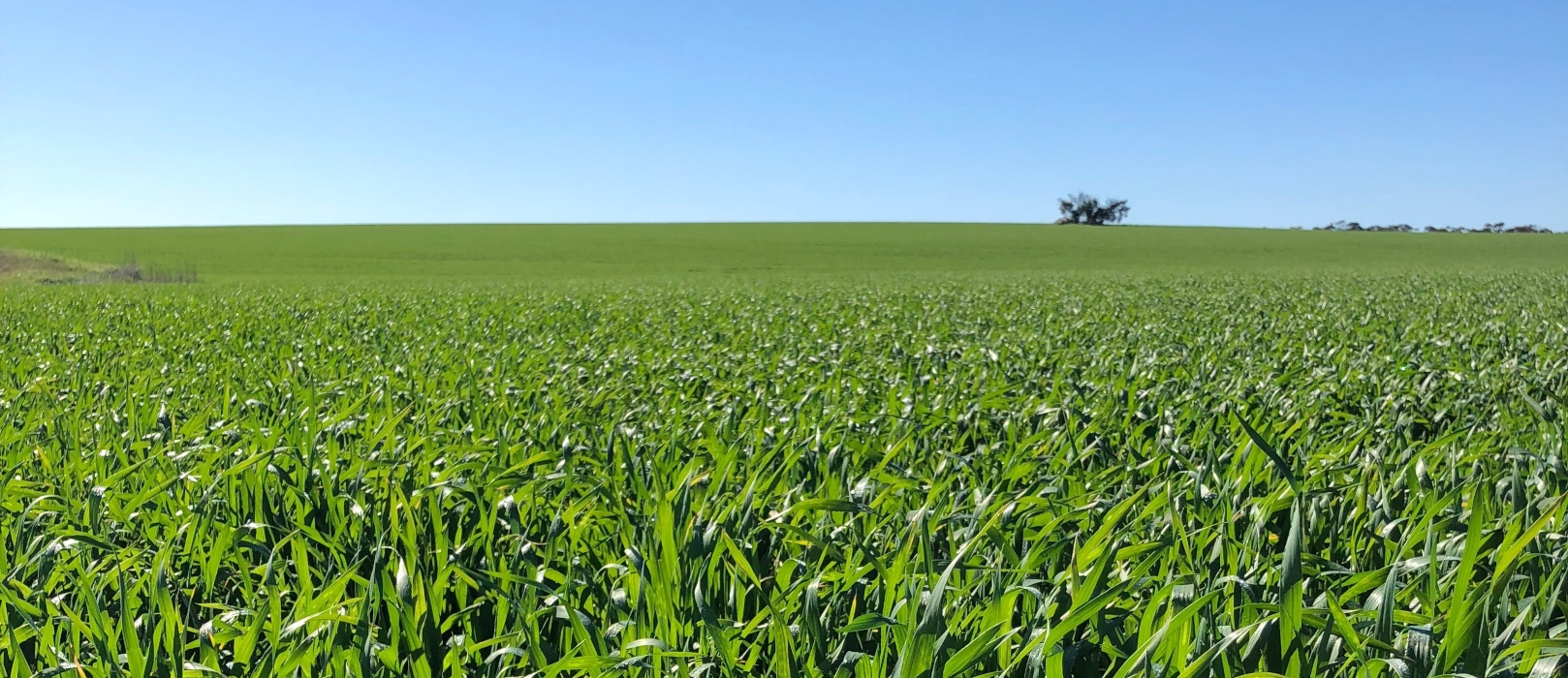
Grain Snippet: Domestic Barley Prices Remain Firm, Amid International Market Uncertainty
Barley prices over the last three weeks have continued to trend higher, increasing $3-$7/MT across SA and Vic ports. As a result of this trend, barley prices reached a recent high of $322/MT. This price increase is primarily a result of increased barley vessel action on the stem whilst exporters continue seeking coverage in a low liquidity environment. Throughout harvest (Nov-Jan), the falling AUD had provided export pricing support taking Australian barley to a much-needed competitive level into primary import destinations such as China and Saudi Arabia.
On the domestic front consumers have accumulated aggressively seeking coverage knowing supply would be limited. Growers and traders turned their focus inwards prior to and throughout harvest, prioritising the higher value domestic market over lackluster export prices. Domestic users’ coverage is likely to begin diminishing in June/July and these consumers will likely once again begin accumulating to cover until new crop comes online.
On the export front, Australia remains competitive on a CNF basis into China and Saudi Arabia, however, with our recent dollar move higher and slight increase to the OH track bid, Russian-origin barley has gained a price advantage into both destinations. This potentially indicates a price equilibrium and will likely limit the export markets upside. Although Russia has re-gained a price advantage for feed exports, the drought impact of their 24/25 season in Russia’s southern region has limited their exportable surplus. Australia has subsequently benefited from increased market share, highlighted by the improved trade with Saudi Arabia through December.
Australian (all) barley exports for 2425 to-date (Oct-Dec) trail on the same period last season by 46.8%. This decline follows the broadly weaker appetite noted by China. Chinese feed grain imports this year have been down, with their wheat down by 1.8MMT y/y and is primarily due to their sluggish economy in conjunction with a record 24/25 local feed grain production. China’s barley imports haven’t been affected to the same extent, but still down by 770kMT or 10.4% y/y.
The Trump presidency and the threat of trade wars (like 2018) places the US corn/soy fight for acres (planting intentions) in the spotlight once again. Retaliatory tariffs from these importing countries will be a key factor in the acres battle in 2025. Thus far, pricing remains skewed in favour of increased corn planting, with the price ratio falling below the key 2.4 (at 2.0) level. Resultantly, the market is beginning to speculate that there will be a 1M ha (2.7%) increase to corn planted area, taking the total corn planted area to circa 38Mha. These reports are yet to be confirmed with the USDA’s perspective planting report due out in late March.
Seasonally, US corn prices from November onwards trend higher through until planting in April/May, throughout this time liquidity wanes and stocks on hand tighten as the market awaits the new crop supply. Meanwhile, Adelaide barley seasonally grinds higher from December-May. This season Adelaide cash prices have remained relatively steady, with a late January/early February price increase.
This is a sample only, if you would like to view the entire document and our recommendations, please contact CloudBreak to discuss becoming a member on (08) 8388 8084.


